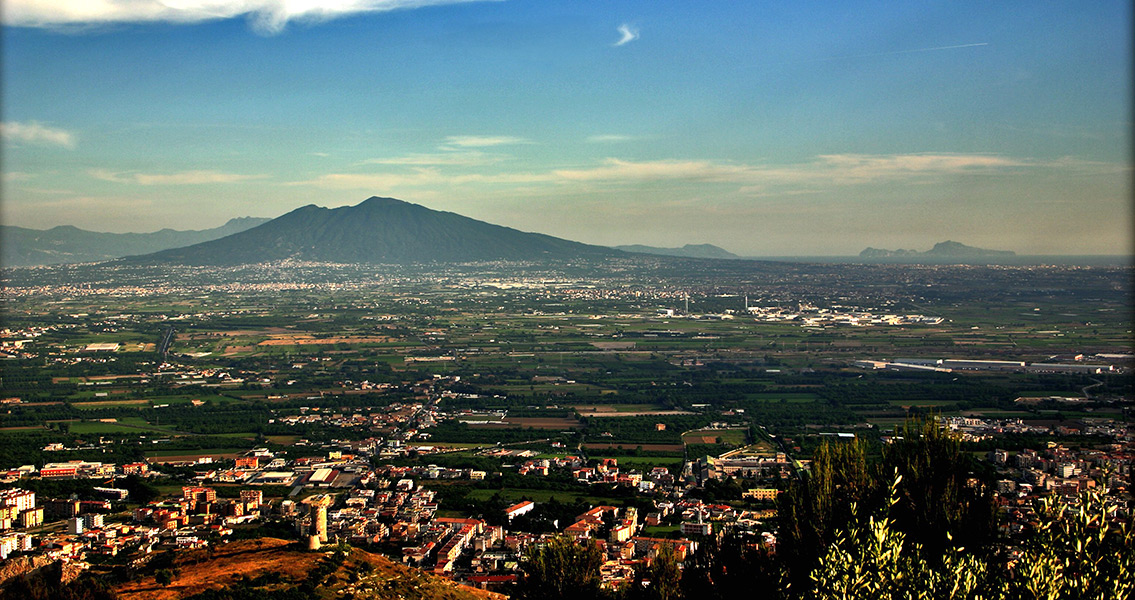<![CDATA[Mount Vesuvius famously erupted in 79 CE, destroying the surrounding area. The eruption wiped out the prosperous surrounding towns of Pompeii and Herculaneum, covering the area in ash. Over 800 charred and damaged scrolls were uncovered when excavations first began in Herculaneum about 260 years ago. Buried under 50 feet of ash, the scrolls had remained hidden in a library dubbed the "Villa de Papyri". Hundreds of the scrolls have already been carefully unwrapped since they were found, but many were damaged or completely destroyed in the process. Most of the scrolls are simply too delicate and fragile to unroll and read. A new technique, however, offers the chance to read the text concealed in these scrolls without causing any damage. A team led by Vito Mocella of the Institute for Microelectronics and Microsystems of the National Council, in Naples, Italy, has developed a pioneering X-ray technology which can discern charcoal ink from scorched papyrus. "This pioneering research opens up new prospects not only for the many papyri still unopened, but also for others that have not yet been discovered," the team wrote in the journal Nature Communications. "Here for the first time, we show that X-ray phase-contrast tomography can reveal various letters hidden inside the precious papyri without unrolling them." Their new technique, phase-contrast tomography, can read letters on a rolled up scroll which sustained considerable damage in the 320˚C (608˚F) heat of the volcano's eruption. The team subject the scrolls to radiation levels the equivalent of a chest X-ray. The X-rays do not have a very damaging effect on the scrolls, however, particularly in comparison to the destruction which could be caused by unrolling them. Traditional X-rays do not reveal anything about the text on the Herculaneum scrolls as they do not distinguish between charcoal text and charred scroll. In a similar manner to a medical CT scan, phase-contrast tomography produces a three-dimensional view of the interior of the scroll, allowing researchers to see what was written. Researchers have shown that they were able to read letters only a few microns thick which had been written long ago. Their first effort at studying the interior of a scroll deciphered 24 letters used in ancient Greek, the philosophical language of the Roman world. "It will probably not be possible in the near future to really read [rolled-up] charcoaled papyri or similar objects, but with this technique one can certainly learn something new, and that is quite exciting," says X-ray expert Uwe Bergmann, from SLAC National Accelerator Laboratory, Menlo Park, California. Brent Seales, from the University of Kentucky, who has worked for years to develop means of reading the Herculaneum scrolls, stated "what this study is reporting is a good first step," he says. "Down the road I think it will lead to a large number of scholars studying these scrolls." For the first time, Mocella and his team have revealed various letters hidden inside delicate papyri without the need for invasive and potentially damaging unrolling. Their work opens up new opportunities to read many more papyri from Herculaneum and improve our understanding of classical literature and philosophy. Image courtesy of Wikimedia commons user: Kris de Curtis ]]>
Scrolls From Herculaneum Can Now Be Read
